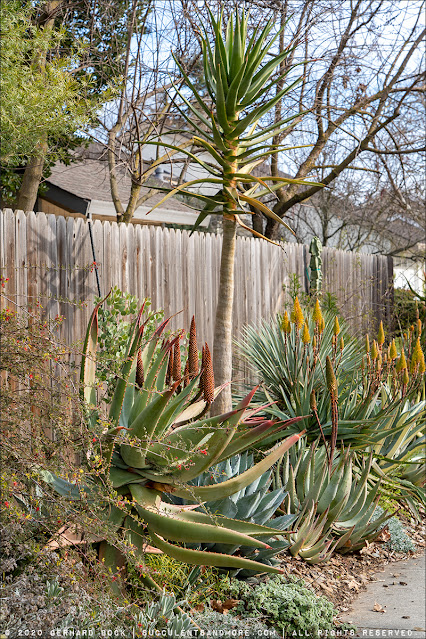2020 in review: October—December

« Back to January—March | April—June | July —September Continuing the year in review... ⬐ OCTOBER I finally had the opportunity to visit the garden of my Sacramento-area plant friend Theresa . I was blown away by the size of her property (2 acres), the Southwest architecture of her house, and the many creative touches in her garden. New Mexico or Sacramento? Open door in the front garden, just because








































